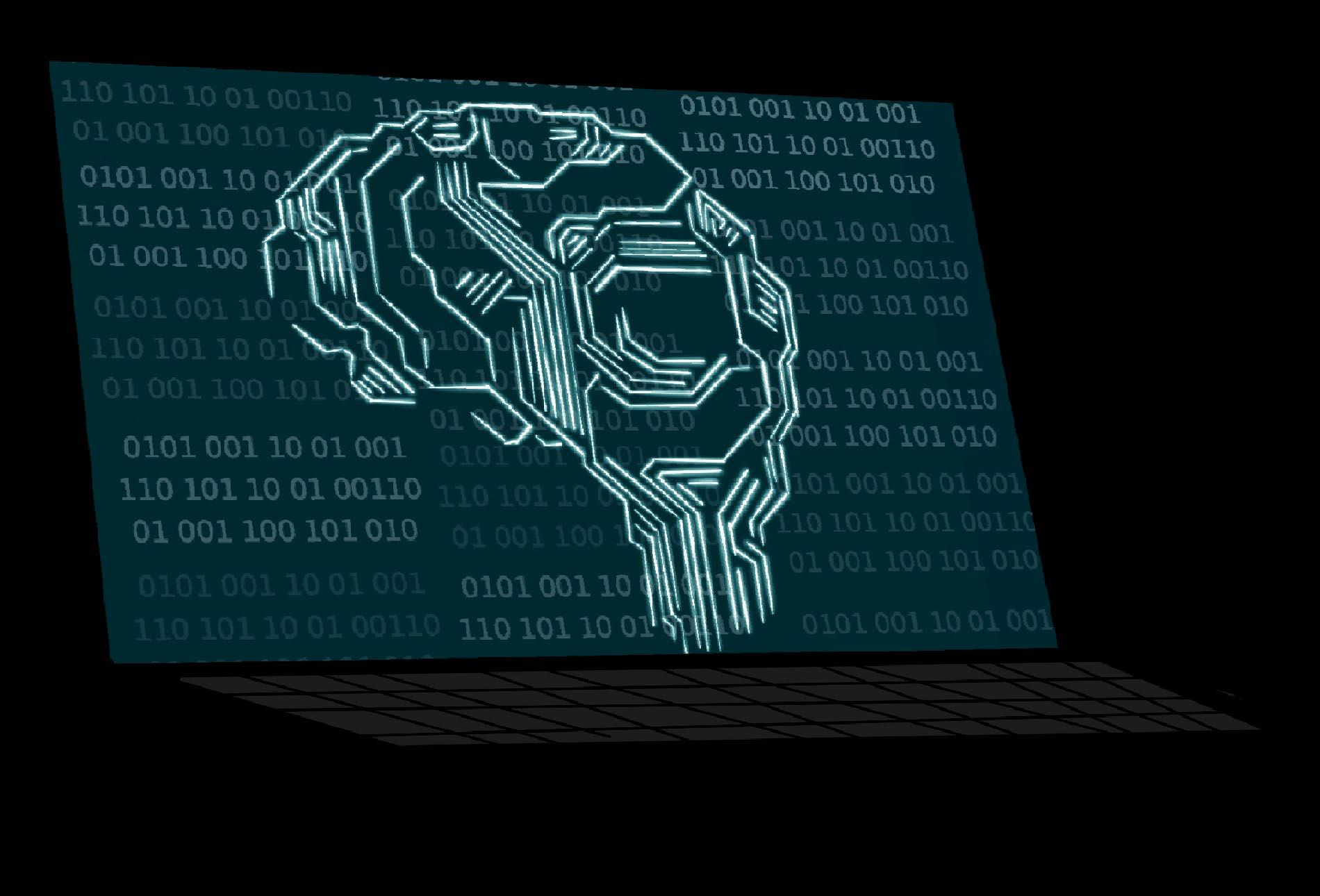
1 minute read
Chat GPT: Cheating or Change?
ment to make sure that the software was not used dishonestly.
“It requires all of us to ask those questions and probably make some substantive changes to the overarching goals and methods of our instruction,” Stanford Assistant Professor of Education Sarah Levine said.
Advertisement
Some of the things that educators are revisiting are the essays that students have to write, especially ones that require them to come to their own conclusions about what they read.
“I hope that I am fashioning assessments in such a way that an answer can’t just be copied and pasted and submitted,” Showley said.
But no matter how many things are changed to work around this new obstacle, students are likely to find a way to use it. As a result, teachers need to be able to detect it being used.
“There is a particular voice that ChatGPT takes that is becoming all the more recognizable to me, but I hope I don’t get myself into a position where I have to make that judgment,” Showley said.
While this is a big task to undertake, the teachers of our time have been through many situations like this in recent years.
“It’s no different from the adjustments I had to make when the internet and Google became very prominent or the adjustment me and my colleges had to make with the pandemic when everyone was learning at home,” Showley said.
Just as when the internet was created and when students were learning from home due to the pandemic, positive learning experiences can come from this situation as well.
“I need to learn how to teach my students to use ChatGTP in order to provoke their thought, to stimulate their thinking, not to replace their thinking,” Showley said.
This new technology can be used in all areas of the learning process, from learning to reviewing for a test.
“If one is confused about a subject, they can ask the AI to explain it to the,” senior and Coding Club student leader Caden Grey said. “It can also be used to generate example problems and prepare for tests.”
This opportunity ultimately makes ChatGPT something students can use to learn, amplify thoughts and draw new conclusions about how we learn.
“We must use AI for humans rather than in place of humans,” Victor Lee, Stanford leader of the Accelerator Initiative on generative AI in Education, said.
After this advanced software was released, many large tech companies created their own version, inciting a new tech race in the AI field and giving the public a glimpse into all the possibilities AI can bring us in the very near future.
“ChatGPT was the spark that started the AI wildfire spreading its way through our world,” Grey said. “Developments are occurring rapidly, and it is impossible to predict what is going to happen next.”










